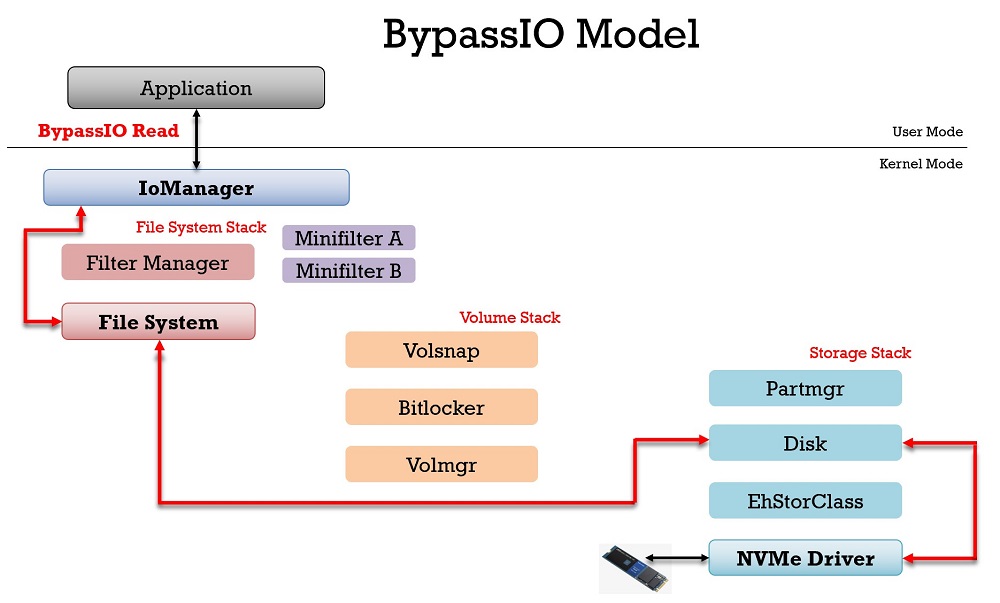erek
[H]F Junkie
- Joined
- Dec 19, 2005
- Messages
- 10,875
"Although everything we've covered here is really for developers to utilize and take advantage of, we're the ones who ultimately benefit, even though it will take some time before all such features are commonplace in games.
While the focus is still about creating ever more realistic graphics, especially as far as ray tracing is concerned, Microsoft have kept a keen eye on performance. This is because it's becoming increasingly more difficult for hardware vendors to create new products that are significantly more powerful that their predecessors, for a price tag that appeals to the majority of consumers.
Not everyone can afford nor wants to spend a $1,000 on a graphics card, just to run games at their highest settings and still get good frame rates. And publishers typically want their titles to reach as many consumers as possible, rather than just being for a select few.
All of which means that DirectX 12 Ultimate, and all its nifty enhancements, are going to be used to make better looking games, that all of us can enjoy."
https://www.techspot.com/article/2137-next-gen-directx-12/
While the focus is still about creating ever more realistic graphics, especially as far as ray tracing is concerned, Microsoft have kept a keen eye on performance. This is because it's becoming increasingly more difficult for hardware vendors to create new products that are significantly more powerful that their predecessors, for a price tag that appeals to the majority of consumers.
Not everyone can afford nor wants to spend a $1,000 on a graphics card, just to run games at their highest settings and still get good frame rates. And publishers typically want their titles to reach as many consumers as possible, rather than just being for a select few.
All of which means that DirectX 12 Ultimate, and all its nifty enhancements, are going to be used to make better looking games, that all of us can enjoy."
https://www.techspot.com/article/2137-next-gen-directx-12/
![[H]ard|Forum](/styles/hardforum/xenforo/logo_dark.png)

